Greenland is a former Danish colony, population 56.000, now related to Denmark via a bilateral agreement. The majority of the island is covered by the Inland Ice, a massive ice cap, while villages and communities are dotted along the coastline, with no roads connecting any of them whatsovers. I have worked locums on the coast in Greenland regularly since 2004 in the following places: Qaanaaq (twice), Narsaq, Paamiut, Nanortalik and Thule Air Base.
Organization of the health care system in Greenland
Nuuk is the largest city with 17.000 inhabitants and where the only official hospital, Queen Ingrids Hospital (DIH) is located. The DIH is equivalent to a provincial hospital and provides basic functions within surgery and medicine. More specialized functions such as vascular, thoracic and neurosurgery, as well as interventional cardiology and burns treatment are transferred to Denmark.
Hospitals and health centers are spread along the West coast from Qaanaaq in the far North to Nanortalik in the far south and then up again on the East Coast to Ittoqortoormiit. Sisimiut, the second largest city has 6000 inhabitants and 4-5 doctors. Nanortalik with 1300 inhabitants has only one doctor. The smallest villages with a permanent doctor are Ittoqortoormiit (pop: 450) and Qaanaaq (pop: 635).
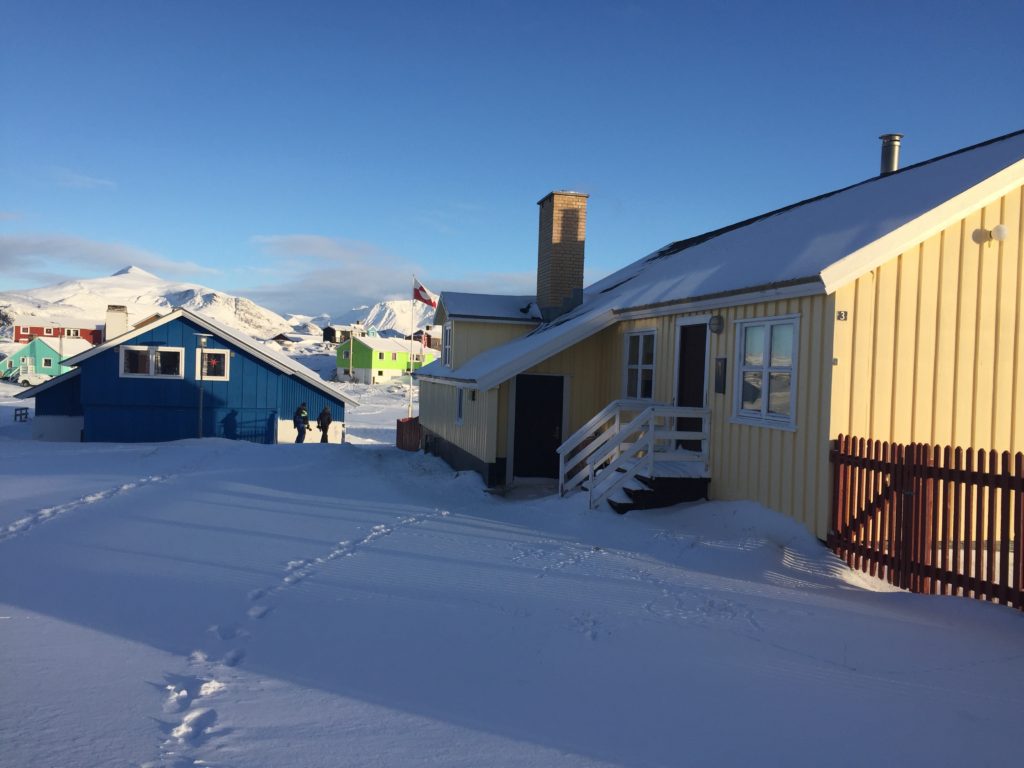
The doctors on the coast are normally general practitioners, however doctors from other specialties may be employed if they have sufficient experience within general medicine. In some of the larger villages, one of the 3-4 doctors on site should have surgical skills, mainly for Cesarean sections.
As a doctor on the Coast, you perform all medical duties, the majority being within the field of general medicine. Every village has a hospital-health center, where all consultations and examinations take place and, if needed, patients are admitted. Minor surgery, such as abortions, may be performed depending on the local competences. Furthermore, smaller remote settlements in the area are visited on a regular basis. After normal day duty one of the doctors will be on call. If there is only one doctor you will then be on call all the time. The staff are generally very competent and used to dealing with most emergencies. Most emergencies during the night are related to alcohol and violence including medical examinations prior to detention placement at the request of the police.
The generalists on the Coast have a close collaboration with the specialists in Nuuk: For non-urgent cases an online referral system is established and for emergency cases a doctor is on call within each specialty.
Furthermore, specialists visit the coastal communities on a regular, often yearly basis: Ophtalmologists, orthopedic surgeons, psychiatrist etc. As dental health is a major issue, dentists are present in all, but the very smallest communities.
At the coast level, basic examinations such as X-ray and standard blood analyses may be performed. Further investigations take place either in Nuuk or at the yearly specialist visit. Emergencies may be transferred to Nuuk with either a chartered or scheduled plane depending on the degree of urgency.
The doctor is either employed directly by Greenlandic authorities or via an agency. As I understand it, you need a Danish authorization to work in Greenland. For Scandinavians, the authorization is easily transferable, for others the procedure vary. However dispensations may be given. It is a major challenge for the health system to employ doctors in Greenland and many positions are covered as short-term locums. Also in Nuuk there may occasionally be a lack of certain specialists.
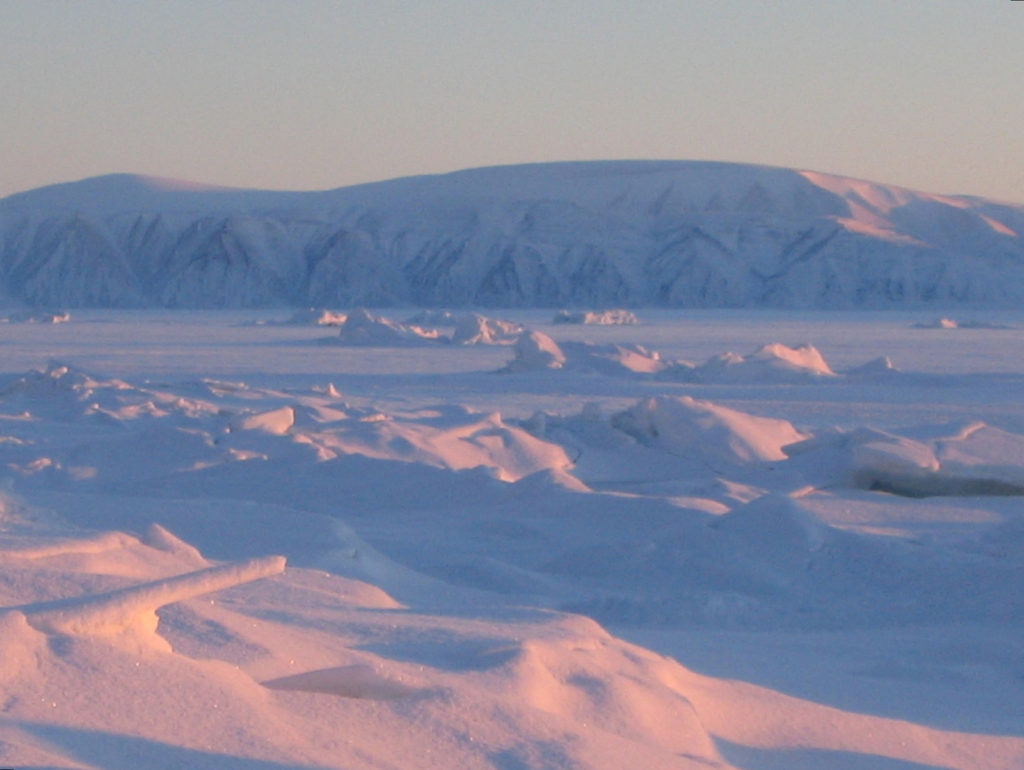
The challenges for a medical doctor are both medical and cultural and often a mix between the two:
Cultural considerations.
The level of spoken Danish is quite low among young people, problematic in terms of education as all diplomas above primary school-level require good knowledge of Danish. A translator is needed in approximately half of all medical consultations. Now, several educations (police officer, nurse, teacher etc) are offered in Nuuk, where before travelling to Denmark was required, but still Nuuk is far away from many of the villages on the coat. In Greenland I have noted a certain tendency to live in the present, rather than by the European style of long-term planning. Thus, I have seen many young people renounce on an education preferring to stay with their families. Generally speaking, one section of the inuit population seems to stay in the small communities while the other section often moves from smaller settlements to Nuuk or even Denmark to pursue educational and/or job opportunities. This pattern leads to a depopulation of smaller settlements and contributes to social challenges. As an outsider, it is very difficult to get genuine insight into inuit, though the people are incredibly friendly.
Medical considerations
The disease pattern in Greenland differs quite significantly from the European mainland as outlined below:
While the incidence of hypopharynx cancer is increased, possibly related to viral infections, lung cancer is by far the most common cancer, related to a high incidence of smokers.
Due to the relative isolation down through the centuries, certain genetic diseases are endemic such as Cholestasis familiaris Groenlandica and propionemia. Both may now be detected via pre-natal screening. Iridocyclitis and primary angle closure glaucoma also appear more frequently in Greenland.
Greenland has one of the highest suicide rates in the world, and almost every Greenlandic citizen knows someone who took their own life. Special task forces/initiatives have been launched to resolve this issue.
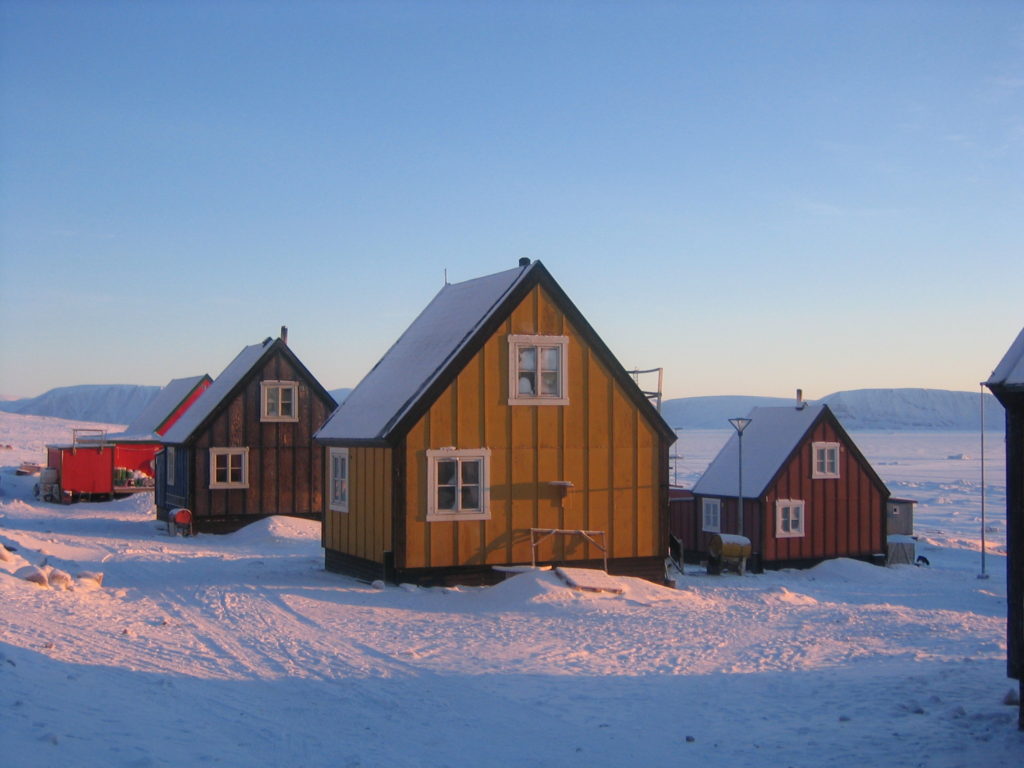
Tuberculosis is still a major health concern, with an incidence the level of several African countries, and attributed primarily to rough living conditions in small, remote communities.
Sexually transmitted diseases (STDs) are rampant, and increasing as of 2013 with 1 in 26 adult Greenlandic citizen suffering from Gonorrhea, 300 times as many as in Denmark. Syfilis is also present.
The transition from traditional inuit lifestyle towards a Western lifestyle and diet predictably has led to an increase in the lifestyle-associated diseases (diabetes, cardiovascular). Lactose intolerance is relatively common.
High alcohol consumption has traditionally been associated with Greenland, however in fact the alcohol consumption in Greenland is on the decrease and is now lower than in Denmark. However, Greenland is one of the most violent countries in the world, and most of this violence is associated with alcohol.
Practical considerations on the coast
Living conditions: As a doctor you are provided with either a house or an apartment with modern facilities, heating, kitchen, shower, hot water, television. In a few communities there are no cloacal systems so toilets are emptied via a bag system (Ittoqottormiit, Qaanaaq).
Daily amenities: All settlements have at least one supermarket with basic items, loads of canned and dry foods. Transport is by ship and in remote places only two ships pass every year. Brædtet is a place where local fishermen sell their catch.
Geographical considerations: There are no roads connecting the settlements and villages in Greenland meaning all transport is by air. Often weather prevents helicopters flying and people may get stuck on the way for days.
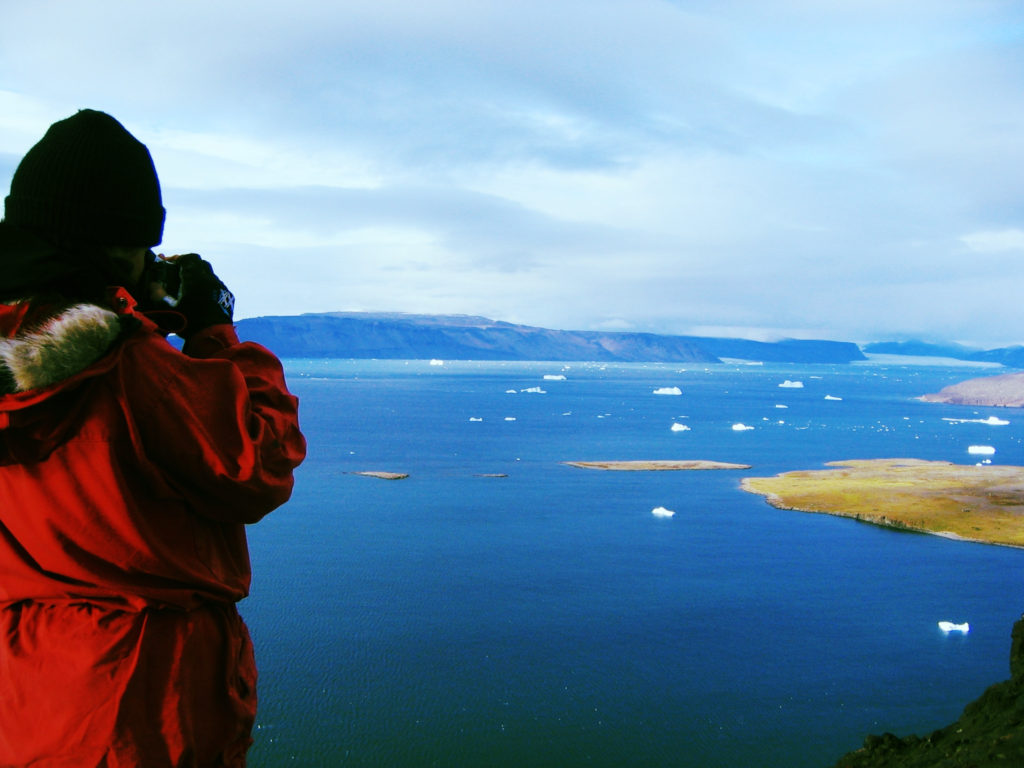
Weather: From the Arctic desert of Qaanaaq, where temperatures down to minus 40°C are not uncommon during the Arctic Winter to the milder climates in the south resembling southern Norway. The Polar Circle runs approximately through Kangerlussuaq.
Transport: The only all-year international airport is Kangerlussuaq, an old American naval base with flights to/from Copenhagen. Narsarsuaq (for southern Greenland) is open in summer. Eastern Greenland may be reached directly from Iceland. From Kangerlussuaq and Narsarasuaq a mix of planes (Dash-7 or Dash-8) or helicopters then depart to the final destination on the coast. Due to the often changing weather conditions delays are common and may last a week if not more.
Outdoor activities: The scenery is unique and spectacular every where. However I have mainly worked in villages where I was the only doctor, thus I could not venture outside the village except in exceptional circumstances.
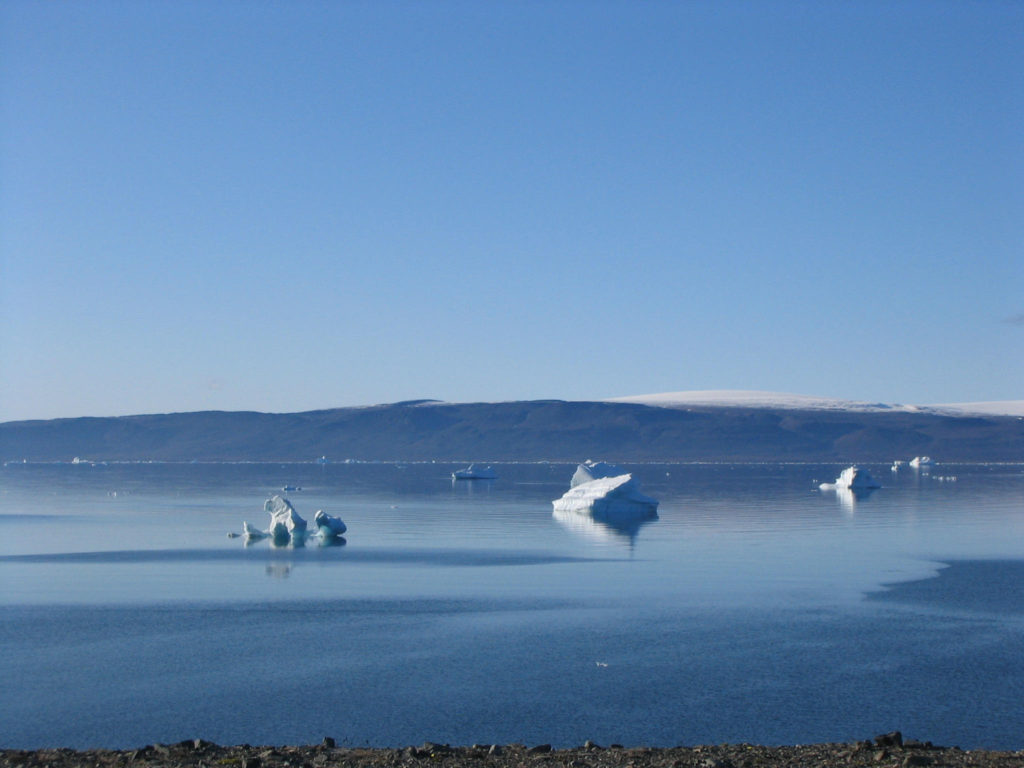
Other posts on Greenland:
On call 24/7 in Qaanaaq.
A typical day working as a doctor in Nanortalik.
Life as a doctor on Thule Air Base.
Medical visit to Siorapaluk, northernmost settlement in Greenland.
A photogallery of the places I have worked in Greenland is available on flickr.





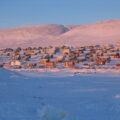
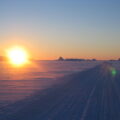

Hi Kathrine,
I found this article very interesting and a useful insight into the medical system of Greenland. I have been considering the possibility of visiting Greenland for my Medical Elective in summer 2019.
I am a medical student in Queen’s University Belfast, Northern Ireland.
If you would be willing to help or discuss this opportunity further then please contact me.
Thank you.
Hi Kathrine
I am a medical doctor from Pakistan. Now residing in Danmark. I have passed the danish languge pd3 exam in high grade. I want to work in Greenland as a medical doctor. Can you please guide me how I should apply for the same.
Thanks
Regards
Syed Farhat Abbas Shah.
Hi
French doctor emergency doctor and intensive care would be interested for short mission
You sincerely
Serge
Please contact me for radio interview
Hi,
I enjoyed reading your post with the vivid details
I am a doctor who currently lives in Denmark. How do I obtain a medical license to practice in Greenland ?.
Thanks
Katherine,
I am a US licensed pediatrician traveling to qaanaaq for a trip this summer. I have the capacity to bring “medical stuff” with me and am interested in connecting with someone in the Health Center to find out if and what they need.
I also am willing to assist with any care that they need while I am there. I would not be able to get a Danish license, I cannot speak a word of Dutch.
I don’t want to intrude just want to help if I can.